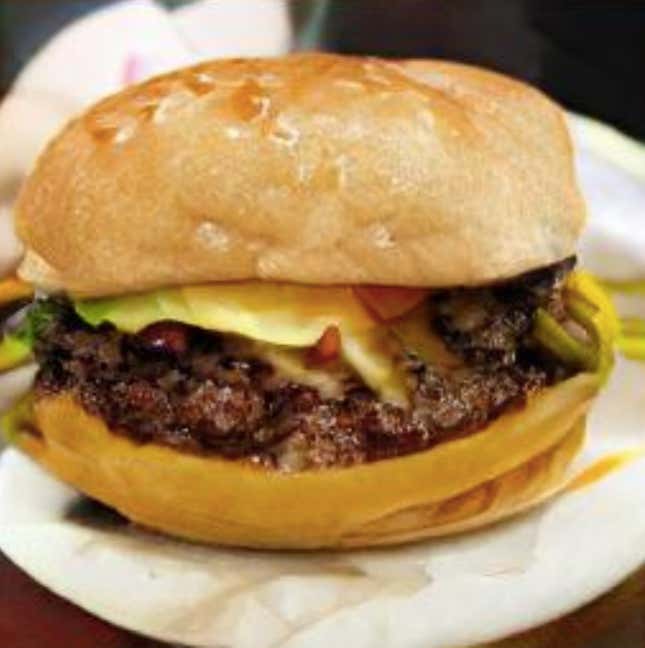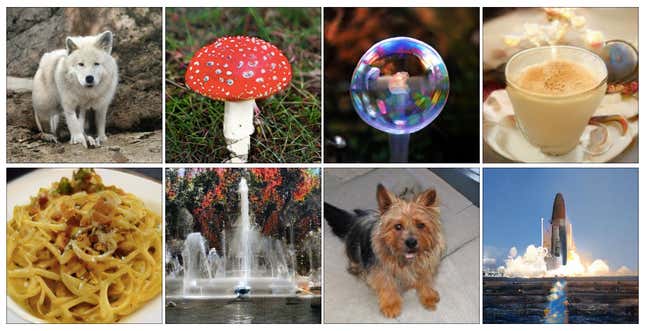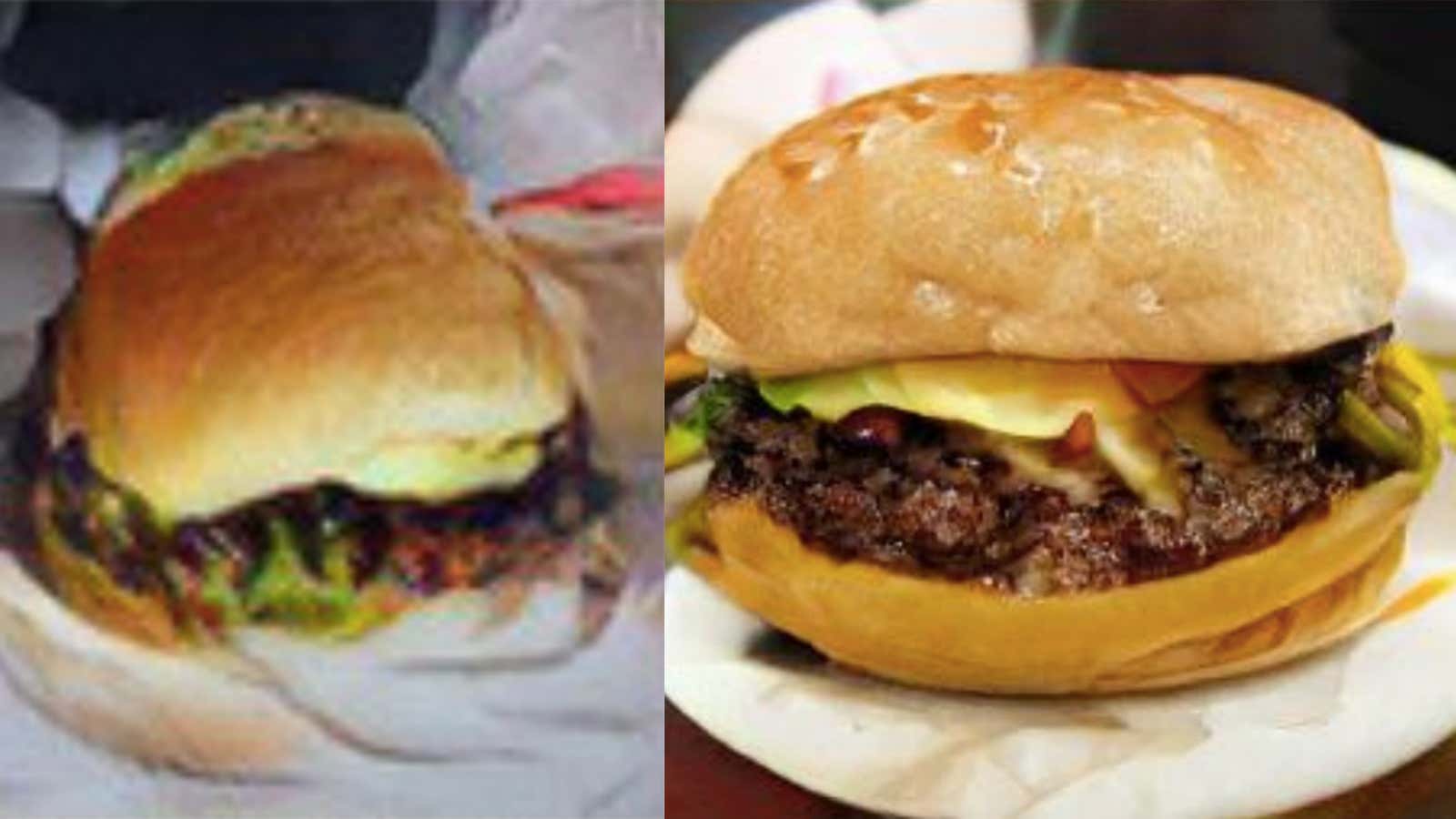Artificial intelligence—wow!
The techniques that empower computers to make autonomous decisions have become vogue for modern tech companies in the last six years. Now cars are starting to drive themselves on public highways, and Facebook sees AI as the answer to all its scandals. But one critical piece of the advent of artificial intelligence is often overlooked: Cheeseburger generation.
Two years ago I alerted the world that it was now scientifically possible to generate an image of a cheeseburger. Today I have the pleasure of informing you yet again that this technique has been nearly perfected. Dear reader, the cheeseburger now looks good. It even appears to have a sprinkling of flour on top of the bun, indicative of freshly-baked gluten goodness:

This new cheeseburger generation comes from DeepMind, the Alphabet-owned AI company tasked with “solving intelligence.” Images of cheeseburgers are just the byproduct of a larger goal—to create an algorithm that can generate any kind of image when given a word. This could be useful for anything from product design to artwork. Other examples in the researchers’ conference submission published Sept. 28, which has not been peer-reviewed, include a photorealistic dog and an image of a something that looks sort of like a butterfly.
The technique being used by DeepMind isn’t new, only refined. It’s called a generative adversarial network, or GAN, which was invented in 2014 by Google researcher Ian Goodfellow. The idea is relatively simple at its basest level: Have one algorithm try to generate and image, and another try to tell if that image is a real picture or fake. With the second algorithm acting as a guardrail, the first algorithm eventually learns what looks real and what doesn’t, and the resulting images approach photorealism.
DeepMind’s contribution to this is scale: The three researchers found ways to increase the number of images that the algorithms analyze in a single batch to understand what cheeseburgers are and how they’re different from other images, like pictures of dogs. This was scaled up to be eight times larger, from 256 images to 2048.
Here are some more amazing images of completely nonexistent things:

